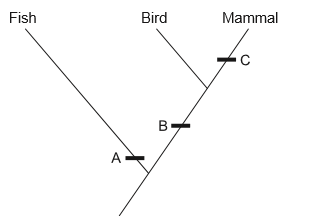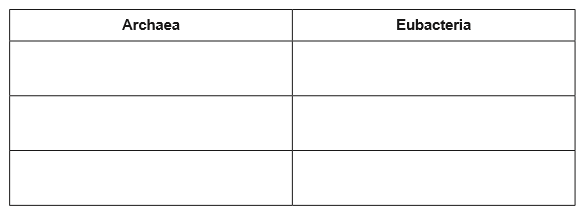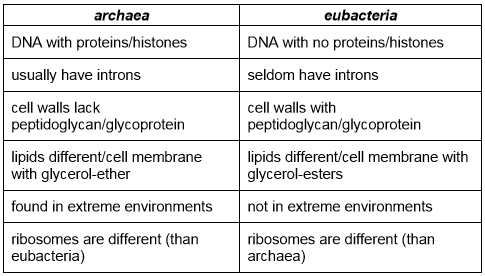Question
The Chinese pangolin (Manis pentadactyla) is a critically endangered species that has declined in numbers by 80% since 2000. It inhabits both forest and grassland, where it uses long, powerful claws to open ant and termite nests and ingests the insects using a long, sticky tongue.

(a) (i) State with a reason whether pangolins are autotrophic or heterotrophic.
(ii) Explain what information is needed to find the trophic level of pangolins.
(b) Outline evidence for evolution from the limbs of mammals such as pangolins.
(c) The cladogram shows relationships between all living species of pangolin. The numbers on the cladogram indicate time in millions of years since divergence from a common ancestor.
(i) State how many genera of pangolin are recognized.
(ii) Outline how times since divergence are estimated when cladograms are constructed.
Answer/Explanation
Answer:
(a)
(i) heterotrophic because it feeds on/eats food/other organisms /eats ants/termites/
doesn’t photosynthesise/does not produce its own food;
(ii) a. what (prey) it eats/feeds on/ stomach content;
b. the trophic level of what (prey) it eats/feeds on/the trophic level of
ants/termites;
c. trophic level is the position an organism occupies in the food chain/web;
(b)
a. pentadactyl;
b. homologous with limbs of other vertebrates;
c. due to common ancestry;
d. adaptation;
(c)
(i) three;
(ii) by counting the number of base/amino acid sequence differences;
Question
The image shows part of a cladogram.

Label the parts of two paired nucleotides in the polynucleotide of DNA.

Using the cladogram, identify one diagnostic feature that characterizes the given groups of vertebrates at A, B and C.
A: ……………………………………………………………
B: ……………………………………………………………
C: ……………………………………………………………
State the name of the domain to which these organisms belong.
▶️Answer/Explanation
Markscheme
I: nitrogenous base
OR
adenine
OR
purine base
II: deoxyribose
III: phosphate
A: gills or fins or scales or no limbs or external fertilization
B: homeothermic or endothermic or warm-blooded or lungs or tetrapod or four limbs or pentadactyl limbs or internal fertilization
C: hair or fur or mammary glands or milk
Eukaryotes
Question
Living organisms have been placed in three domains: archaea, eubacteria and eukaryote. Distinguish archaea from eubacteria.

List two types of evidence used to determine which species belong in the same clade.
▶️Answer/Explanation
Markscheme

Award [1] for each correct row.
Award reasonable distinctions even if not strictly contrasted.
a. DNA/base sequences (of a gene/genes)
b. amino acid sequences (in a protein/proteins)
Do not credit references to morphology.
